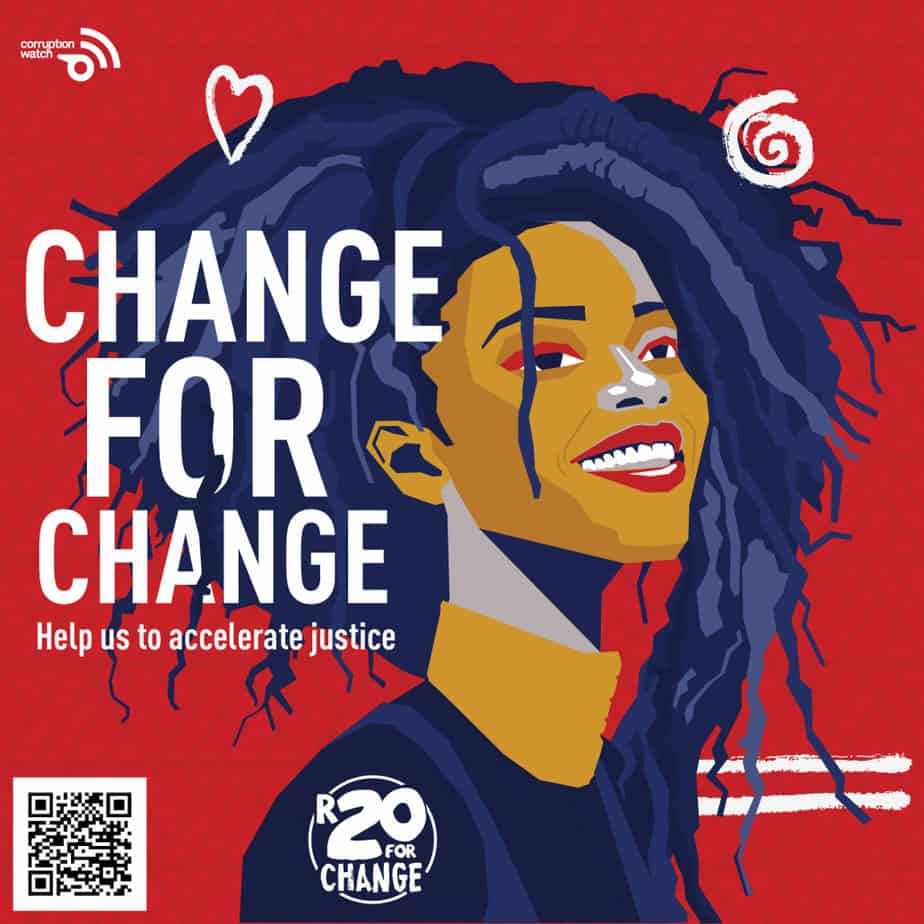|
Getting your Trinity Audio player ready...
|
 Where did it all begin? We examine the development of corrupt practices in the Johannesburg Metro Police Department – and efforts to curtail this corruption – over the past two decades.
Where did it all begin? We examine the development of corrupt practices in the Johannesburg Metro Police Department – and efforts to curtail this corruption – over the past two decades.
Mid-1990s – Before the JMPD is created traffic police in Johannesburg already have a reputation for corruption.
1996 – The newly appointed head of traffic policing in Johannesburg is quoted as saying: “Bribery, corruption and extortion are on the increase in many greater Johannesburg traffic departments”, and suggesting that a special dedicated task team be established to investigate.
September 1996 – “The Sandton licensing department is investigating 15 charges against its employees regarding the issuing of fraudulent vehicle and driving licences” (press report).
1997 – To address specific problems of corruption the government launches South Africa’s National Anti-Corruption Programme, followed by public service and national anti-corruption summits.
March 1997 – Government ministers responsible for the South African National Crime Prevention Strategy establish a programme committee to work on corruption.
April 1997 – It is reported that two licensing officials in Randburg and one in Sandton have been suspended for corruption.
By June 1997 the Code of Conduct for the Public Service has become Part Two of the regulations for every public servant. The programme committee’s work results in government approving a National Campaign against Corruption in 1998. The first step involves a Public Sector Anti-corruption Conference in November of that year. Its resolutions address such issues as defining corruption, restoring a public service ethos, the role of civil society, the responsibilities of public sector managers, financial management and controls and co-ordination of anti-corruption structures.

1998 – Government approves a National Campaign against Corruption.
April 1999 – The first National Anti-corruption Summit is convened, involving government leaders, organised business, organised religious bodies, the NGO sector, donor countries, the media, organised labour unions, academic and professional bodies and the public sector.
October 1999 – The government co-hosts the 9th International Anti-Corruption Conference in Durban with Transparency International.
November 2000 – Shortly before the establishment of the JMPD in March 2001, according to a media report: “The practice of bribes has become so common that it is to a certain extent not seen as such a big thing. Officers refer to it as taking ‘Tjo-Tjo’.” Also, “other areas where corruption is rife are with the issue of licences and roadworthy certificates. The two inspectorates who are responsible for controlling and policing the testing stations and testing centres are simply not touching sides.”
March 2001 – The JMPD is launched, comprising mainly former traffic officers and former security and by-law enforcement personnel who were employed by the Johannesburg metropolitan government at the time.
At the beginning of 2001 the Minister of Public Service and Administration creates a unit to co-ordinate and integrate policy and strategy for the implementation of government’s anti-corruption work. Work begins on establishing a strategy that includes action against corruption and sustainable systems of prevention, information gathering and communication.
January 2002 – The Public Service Anti-Corruption Strategy is approved by Cabinet and begins to be implemented in February. The strategy consists of nine interrelated and mutually supportive considerations. These are:
· Review and consolidation of the legislative framework;
· Increased institutional capacity to prevent and combat corruption;
· Improved access to report wrongdoing and protection of whistleblowers and witnesses;
· Prohibition of corrupt individuals and businesses (blacklisting);
· Improved management policies and practices;
· Managing professional ethics;
· Partnerships with stakeholders;
· Social analysis, research and policy advocacy; and
· Awareness, training and education.
2002 – An Anti-corruption Coordinating Committee is established for the public sector.
2003 – A Country Corruption Assessment report is published.
2003-2004 – A transport official is arrested for attempted fraud amounting to R950 000.
September 2004 – A pattern of extortion, apparently involving members of the JMPD and sex workers in the Rosebank area, is the subject of a Special Assignment exposé broadcast by SABC television.
March 2005 – The National Anti-Corruption Forum hosts the Second National Summit in Pretoria.
The 2006/07 Budget includes provision for an assessment of the impact of national policies in response to a government suggestion that there should be a Country Corruption Assessment report.
2007 – The Goodwood police station commander, Siphiwo Hewana, is convicted of attempting to defeat the ends of justice for tampering with the docket relating to convicted fraudster Tony Yengeni's arrest for drunken driving.
2010 – The National Victimisation Survey shows that the largest number of solicited bribes in the country (although not necessarily their payment) was in Gauteng (10.6%). The Free State follows with 5.5% with Limpopo third (5.4%). A “Lead SA” survey indicates that 1 889 people in Johannesburg said they had bribed a metro police officer in that city.
March 2011 – Newspapers report that a 43-year-old woman was left paralysed from the chest down after being shot by a Johannesburg metro police officer at a roadblock in Midrand after the officer fired shots in the direction of a car that had failed to stop at the roadblock.
January-December 2011 – 52 “bribery and corruption” cases (35 cases of fraud and corruption and 17 cases of extortion) are brought against the JMPD.
References:
http://www.psc.gov.za/speeches/2005/anti_corruption_programmes_strategies.asp
http://www.info.gov.za/otherdocs/2003/corruption.pdf






